Hwangryong Fortress
Ruins of an impressive fortress, developed in the time period from the early 5th century AD to 1675. Walls are 10 – 11 m high, 6 – 8 m wide and have a circumference of 6.6 km. Most of the walls are built on the mountain ridges.
Chongbang Fortress (Jŏngbang)
Ruins of an enormous mountain fortress that was built to protect Pyongyang some millenia ago. Reconstructed in 1632. 12 km long walls that are 6 – 10 m high. Includes Songbulsa temple.
Gwansanri Goindol
Largest dolmen in North Korea, consists of two upright stones and enormous, more than 40 tons heavy capstone above them. Made in the 12th century BC or later.
Cheonji – abode of Lake Tianchi monster
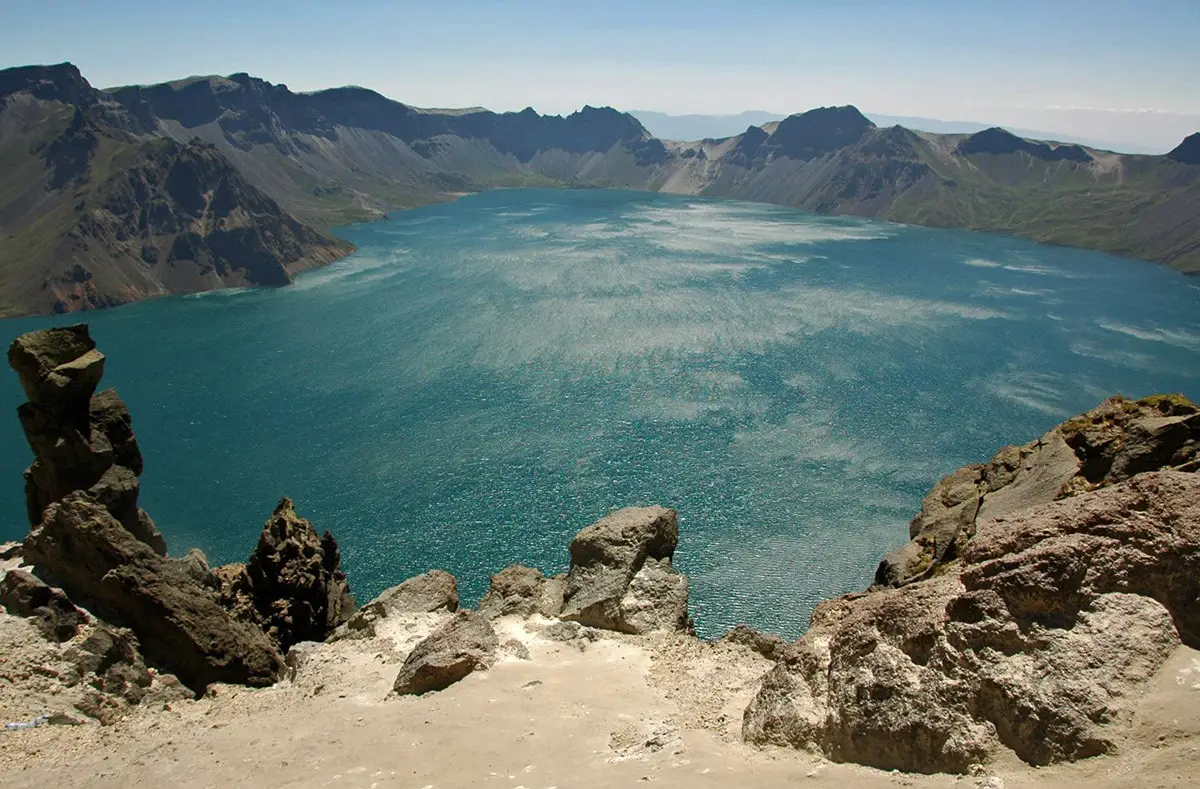
According to legends and modern stories in this beautiful crater lake lives a monster.
63 Building
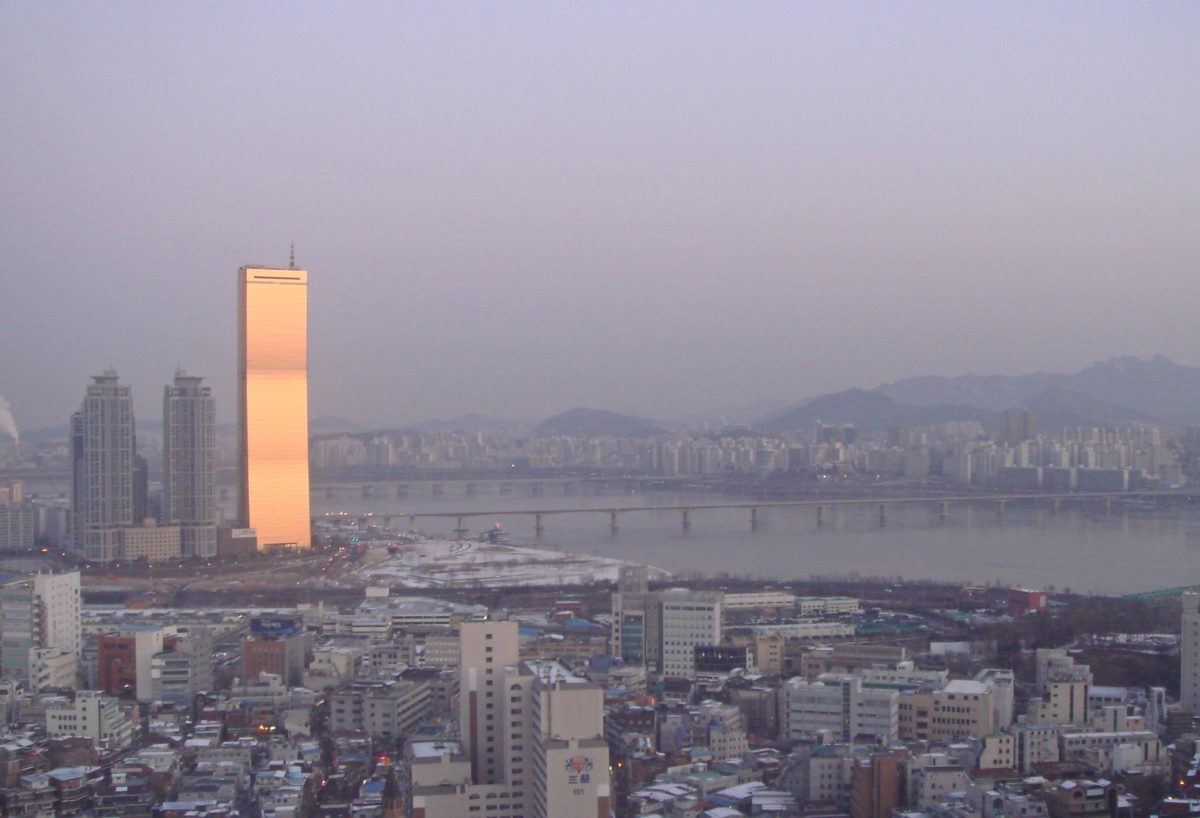
World’s tallest gold-clad building, 249 m tall. Skyscraper was built in 1985. At sunrise its reflection is blinding.
Poseokjeong
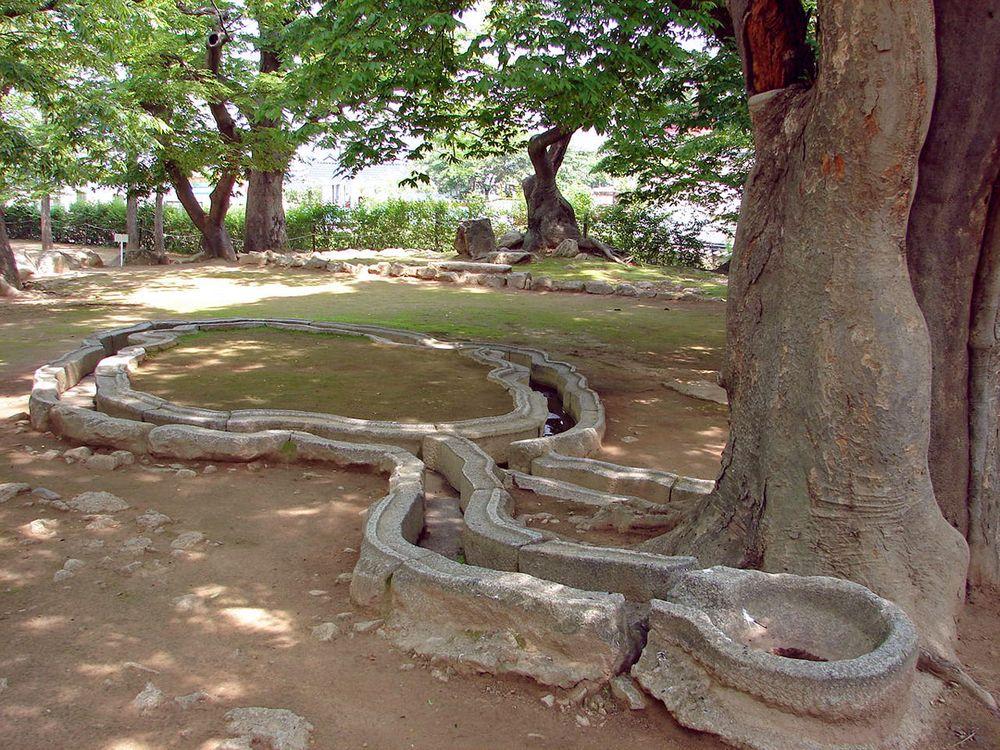
Site of once beautiful royal pavilion of Silla Kingdom. The most interesting feature today here is a system of small water channels. Here in earlier times, cups with alcohol were floated – when this cup reached a person standing at the channels, this person had to drink and recite a poem.
Gatbawi
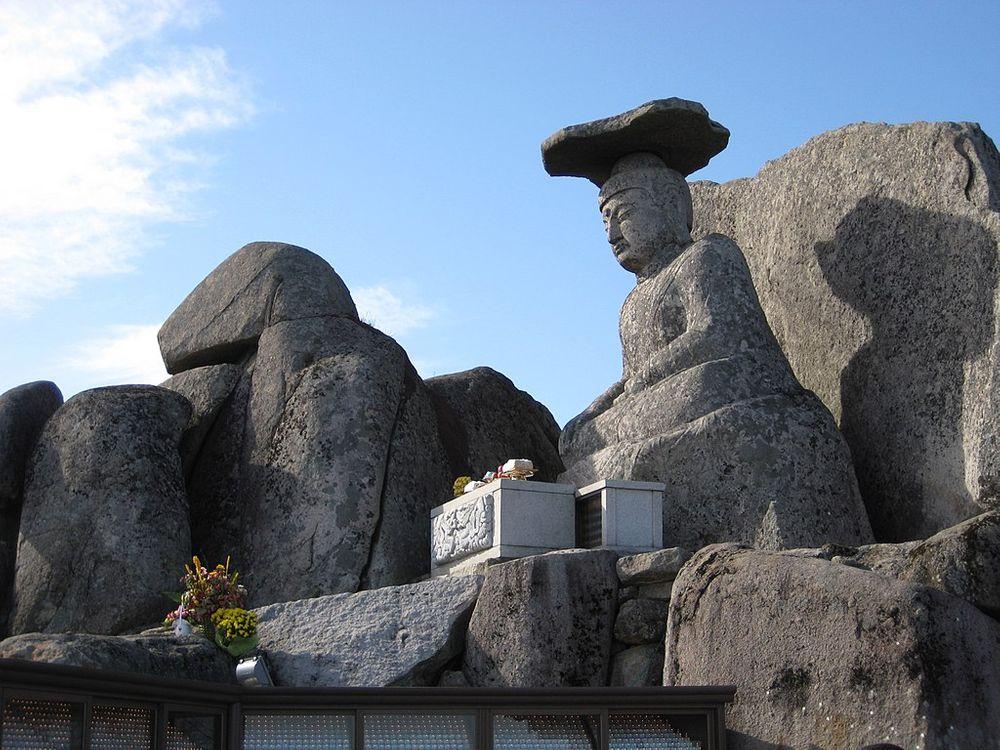
4 m tall, rock-cut statue of Buddha on the summit of hill. Statue has a separate stone hat. Statue was made in the middle of the 7th century AD and today it is believed that it fulfills almost any wishes from the whole heart.
Bell of King Seongdeok
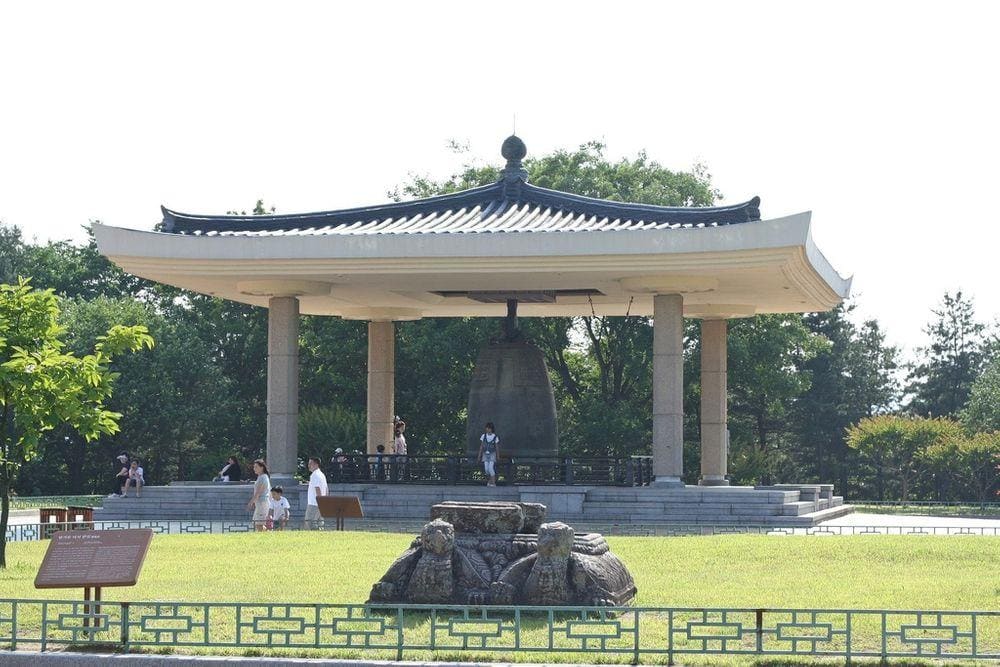
Largest extant bell in Korea. It was cast from bronze in 771 AD. Bell is 3.33 m tall and 18.9 tons heavy. Now it is located in the National Museum of Gyeongju.
Sosu Seowon
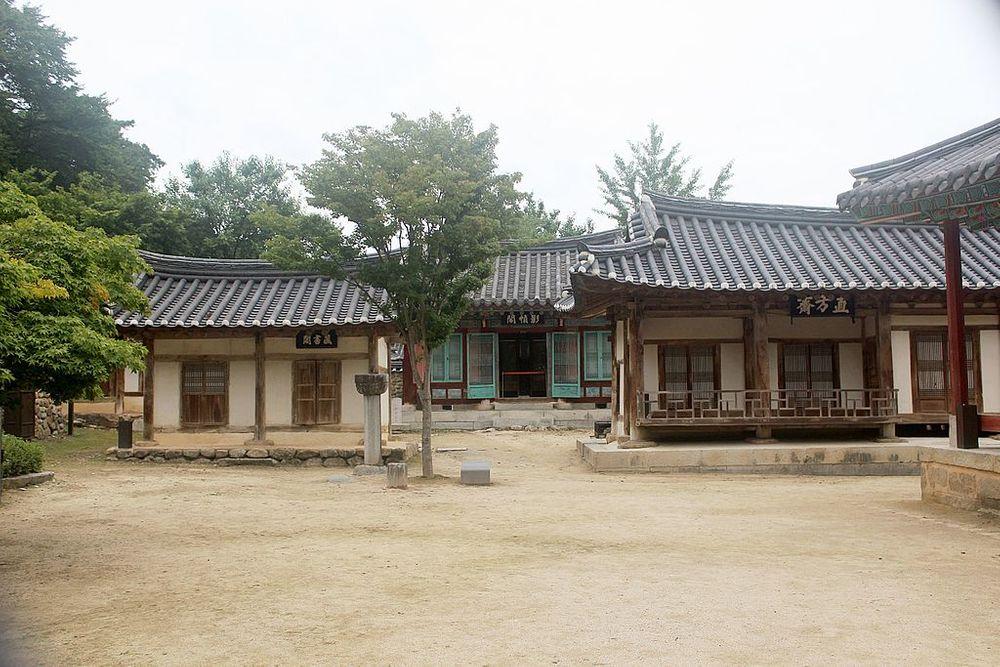
The oldest Neo-Confucian academy in Korea, founded in 1543. Most of the old buildings of this academy and many traditions have been preserved up to this day.
Namgye Seowon
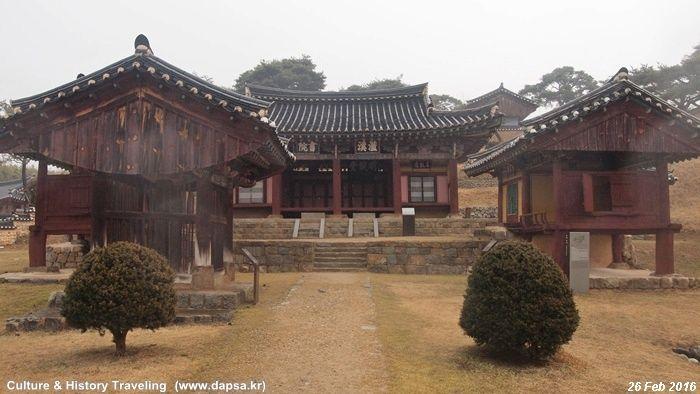
The second oldest Neo-Confucian private academy in Korea, founded in 1552. The architecture of its structures is an early attempt to plan an efficient higher education institution.
